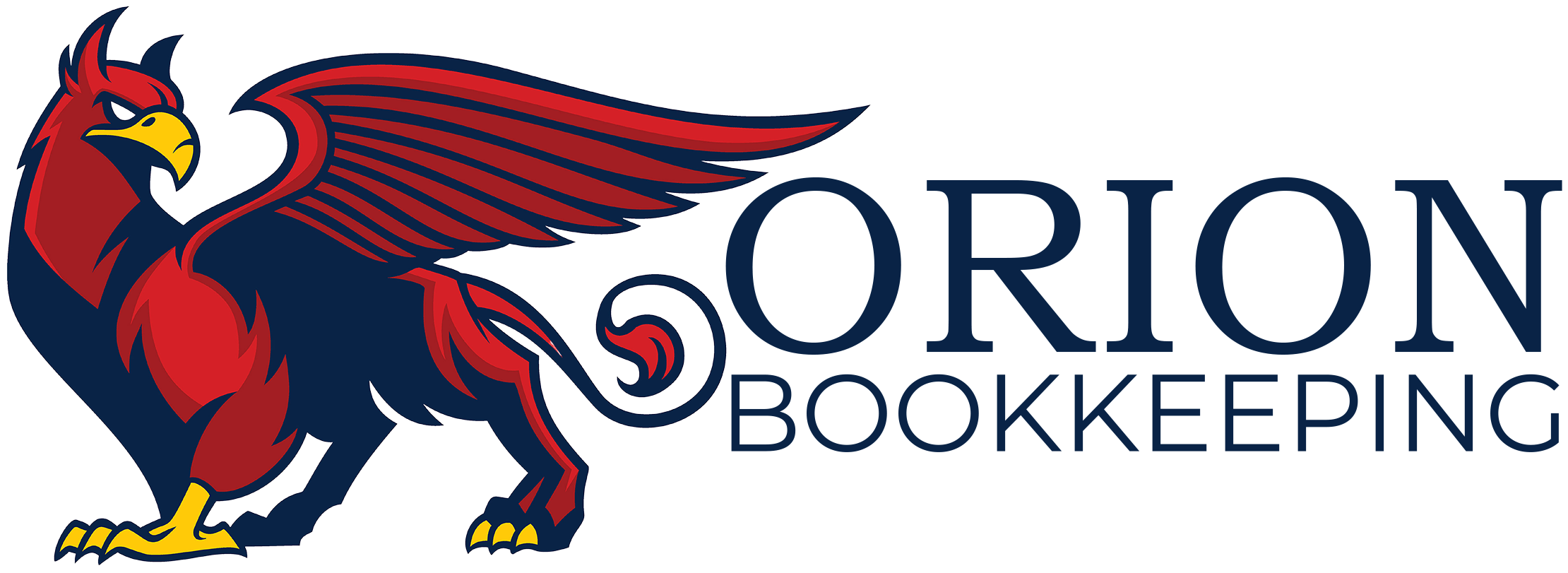
Navigating Cash Flow: Insights for Women Business Owners
Cash flow—the lifeblood of any business—is the measure of money flowing in and out of a company at any given time. For women entrepreneurs, effectively managing cash flow is not just about ensuring day-to-day operations run smoothly but also about sustaining growth and weathering economic uncertainties. Let’s delve into some key insights and strategies for women business owners to navigate the complexities of cash flow management:
Embrace Financial Literacy
Understanding financial statements, cash flow projections, and financial ratios is crucial for making informed decisions. Many women business owners might not have formal financial training, but there are numerous resources available, from online courses to workshops, that can help enhance financial literacy.
Forecast and Plan
Creating accurate cash flow forecasts allows women entrepreneurs to anticipate periods of surplus and shortfall, enabling proactive decision-making. This involves forecasting revenue streams, monitoring expenses, and factoring in seasonal fluctuations or market trends.
Maintain a Cash Reserve
Building a cash reserve acts as a buffer during lean times or unexpected expenses, providing stability and flexibility. Setting aside a portion of profits regularly reinforces financial resilience and safeguards against cash flow disruptions.
Optimize Accounts Receivable and Payable
Efficient management of accounts receivable and payable is essential for maintaining a healthy cash flow cycle. Implementing clear payment terms, incentivizing early payments, and negotiating favorable terms with suppliers can help expedite cash inflows and delay outflows.
Diversify Revenue
Streams Relying too heavily on a single revenue source can leave a business vulnerable to fluctuations. Women entrepreneurs can mitigate this risk by diversifying revenue streams, expanding product lines, or tapping into new markets to foster sustained cash flow generation.
Monitor and Control Expenses
Controlling expenses is paramount for preserving cash flow. Women business owners should regularly review expenses, identify areas for optimization or cost-cutting, and prioritize expenditures that contribute directly to business growth or efficiency.
Explore Financing Options
Access to capital remains a significant challenge for many women entrepreneurs. Exploring various financing options, including loans, grants, venture capital, or crowdfunding platforms tailored to support women-owned businesses, can provide the necessary liquidity to fuel growth initiatives or bridge cash flow gaps.
Invest in Technology
Leveraging technology solutions such as accounting software, cash flow management tools, or automated invoicing systems streamlines financial processes, enhances accuracy, and provides real-time insights into cash flow dynamics.
Cultivate Relationships and Support Networks
Building strong relationships with bankers, mentors, fellow entrepreneurs, and industry peers can offer valuable guidance, access to resources, and networking opportunities. Engaging with support networks tailored to women entrepreneurs can also provide a sense of community and empowerment.
Stay Resilient and Adaptive
Entrepreneurship is inherently unpredictable, and setbacks are inevitable. Cultivating resilience, adaptability, and a proactive mindset is key to overcoming challenges, learning from failures, and navigating fluctuations in cash flow with confidence.
In conclusion, effective cash flow management is essential for the sustainability and growth of women-owned businesses. By embracing financial literacy, strategic planning, and leveraging available resources and support networks, women entrepreneurs can strengthen their financial acumen and position themselves for long-term success in the competitive business landscape. With determination, resilience, and a focus on innovation, women business owners can continue to drive economic empowerment and shape the future of entrepreneurship.




Recent Comments